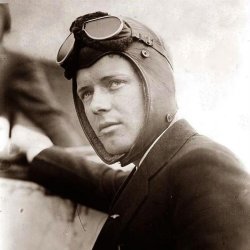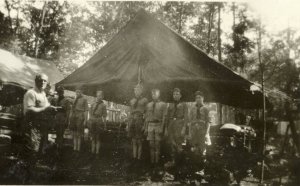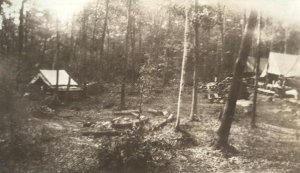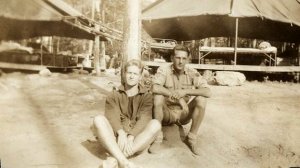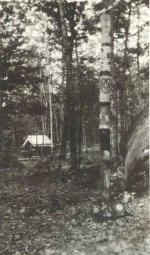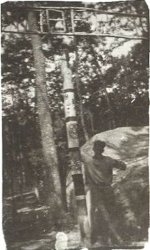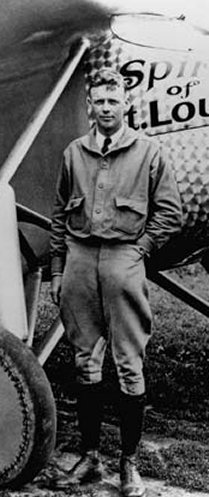 |
About Charles Lindbergh
Charles Augustus Lindbergh (February
4, 1902 – August 26, 1974) (nicknamed "Lucky Lindy" and "The Lone Eagle")
was an American aviator, author, inventor and explorer.
On May 20–21, 1927, Lindbergh emerged
instantaneously from virtual obscurity to world fame as the result of his
Orteig Prize-winning solo non-stop flight from New York (Roosevelt Field)
to Paris (Le Bourget Field) in the single-seat, single-engine monoplane
Spirit of St. Louis. Lindbergh, an Army reserve officer, was also awarded
the nation's highest military decoration, the Medal of Honor, for his historic
exploit.
Charles Augustus Lindbergh was born
in Detroit, Michigan, on February 4, 1902, but spent most of his childhood
in Little Falls, Minnesota, and Washington, D.C.. He was the only child
of Swedish emigrant Charles August Lindbergh (birth name Carl Månsson)
(1859–1924), and Evangeline Lodge Land Lindbergh (1876–1954), of Detroit.
Lindbergh attended over a dozen other schools from Washington, D.C. to
California during his childhood and teenage years (none for more than one
full year) including the Force School and Sidwell Friends School while
living in Washington, D.C. with his father, and Redondo Union High School
in California. The Lindberghs were divorced in 1909 when their son was
seven.
From an early age Charles Lindbergh
had exhibited an interest in the mechanics of motorized transportation
including his family's Saxon "Six" automobile, later his Excelsior motorbike,
and by the time he enrolled as a mechanical engineering student at the
University of Wisconsin-Madison in 1920, he had also become fascinated
with flying even though he "had never been close enough to a plane to touch
it." Lindbergh dropped out of the engineering program in February
1922, and a month later headed to Lincoln, Nebraska, to enroll as a student
at the flying school operated by the Nebraska Aircraft Corporation. Arriving
on April 1, 1922, he flew for the first time in his life nine days later
when he took to the air as a passenger in a two-seat Lincoln-Standard "Tourabout"
biplane piloted by Otto Timm.
A few days later Lindbergh took
his first formal flying lesson in that same machine with instructor pilot
Ira O. Biffle, although the 20-year old student pilot would never be permitted
to "solo" during his time at the school because he could not afford to
post a bond which the president of the company, Ray Page, insisted upon
in the event the novice flyer were to damage the school's only trainer
in the process. Thus in order to both gain some needed experience and earn
money for additional instruction, Lindbergh left Lincoln in June to spend
the summer and early fall barnstorming across Nebraska, Kansas, Colorado,
Wyoming, and Montana as a wing walker and parachutist with E.G. Bahl, and
later H.L. Lynch. During this time he also briefly held a job as an airplane
mechanic in Billings, Montana, working at the Billings Municipal Airport
(later renamed Billings Logan International Airport). When winter came,
however, Lindbergh returned to his father's home in Minnesota and did not
fly again for over six months.
In the late 1920s and early 1930s,
Lindbergh used his fame to relentlessly help promote the rapid development
of U.S. commercial aviation. In the later 1930s and up until the Japanese
attack on Pearl Harbor, Lindbergh was an outspoken advocate of keeping
the U.S. out of the world conflict (as was his Congressman father during
World War I) and became a leader of the anti-war America First movement.
Nonetheless, he supported the war effort after Pearl Harbor and flew many
combat missions in the Pacific Theater as a civilian consultant, even though
President Roosevelt had refused to reinstate his Army Air Force commission
as a colonel that he had resigned earlier in 1941.
In his later years, Lindbergh became
a prolific prize-winning author, international explorer, inventor, and
active environmentalist.
~Wikipedia |


